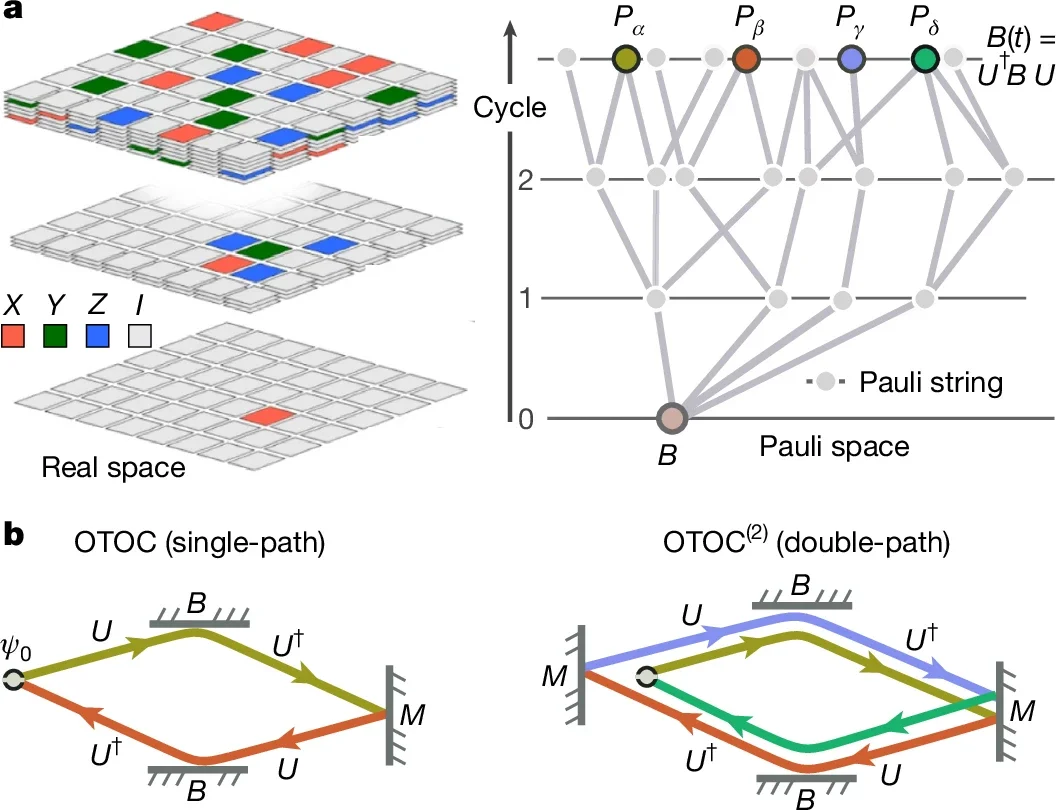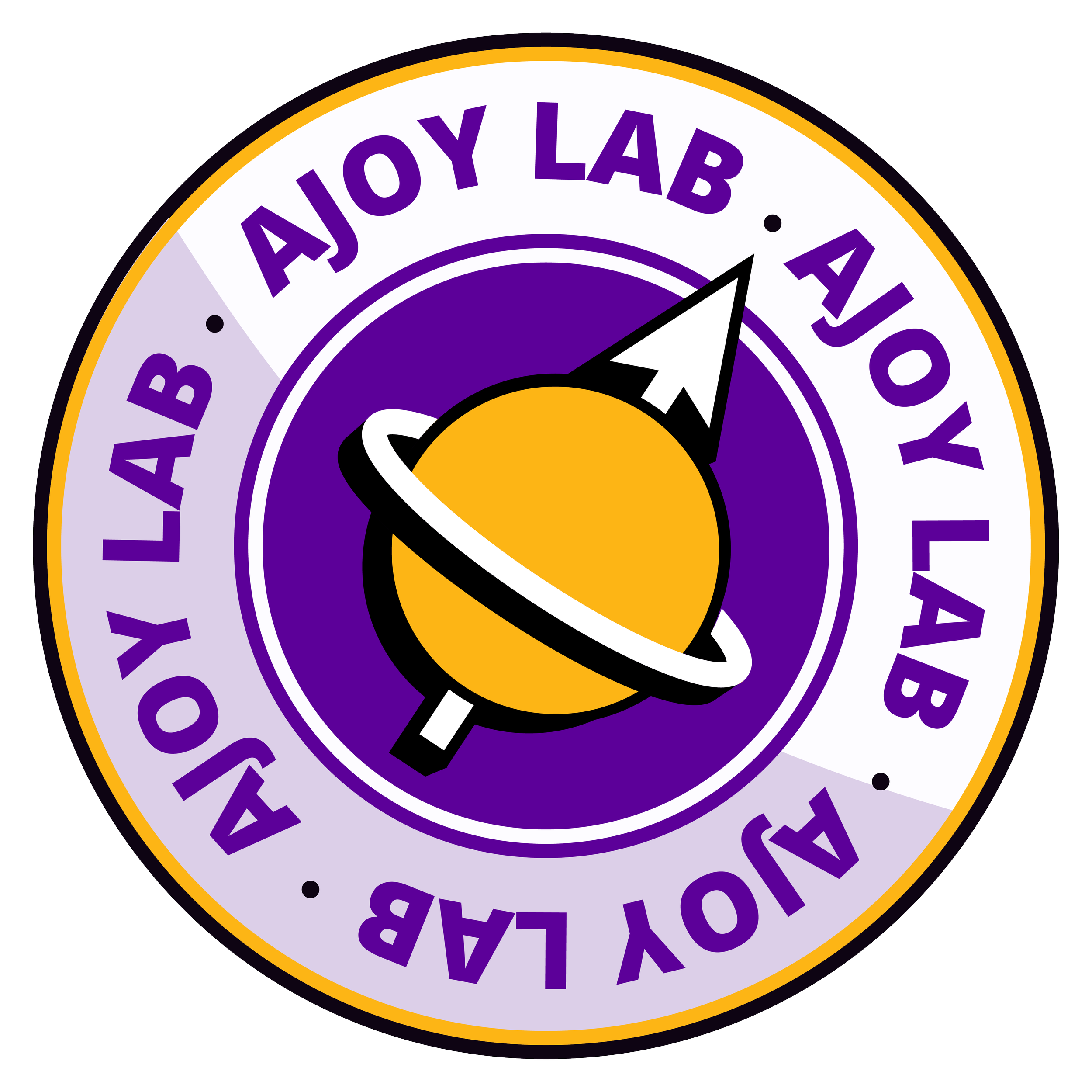New paper alert! Check out ‘Constructive interference at the edge of quantum ergodic dynamics’ in Nature!
Observation of constructive interference at the edge of quantum ergodicity | Nature
Scientists have used a "time-reversal" protocol on a superconducting quantum processor to overcome a major hurdle in quantum physics.
Normally, information in complex quantum systems gets "scrambled" almost instantly, making it impossible to study their underlying dynamics.
By successfully measuring a complex property known as a second-order out-of-time-order correlator (OTOC(2)), the team was able to peek past this scrambling. Their experiment not only remained sensitive to the system's hidden rules at long times but also uncovered deep quantum correlations that are otherwise impossible to see.
This breakthrough, which demonstrates a process too complex for regular computers to simulate, marks a significant step toward achieving practical quantum advantage.
About the Lab
We reimagine magnetic resonance—NMR and EPR—as tools for discovery across chemistry, physics, and biology. By harnessing the untapped potential of quantum spins, we develop methods, materials, and devices that advance both fundamental science and practical applications.
We are based at the University of California, Berkeley and the Lawrence Berkeley National Laboratory.


